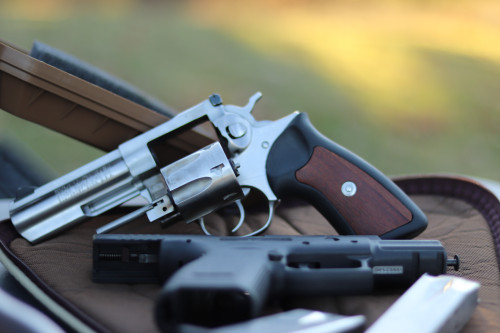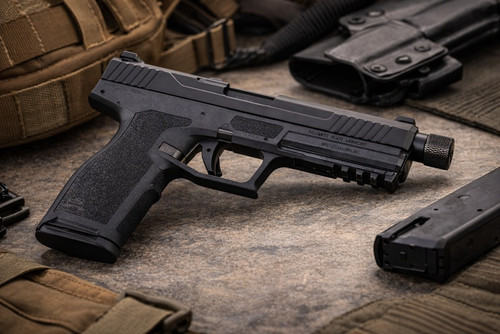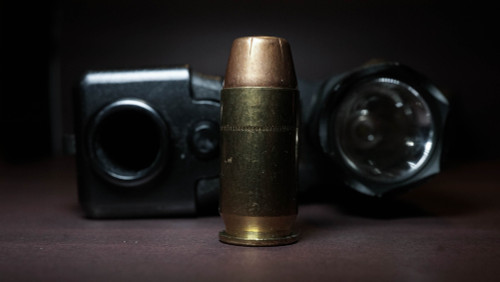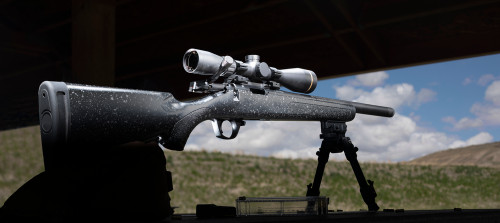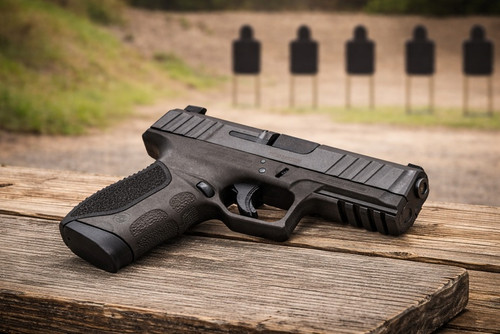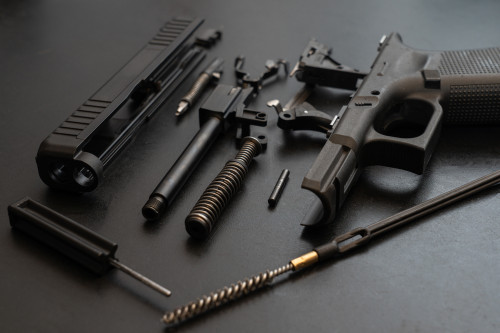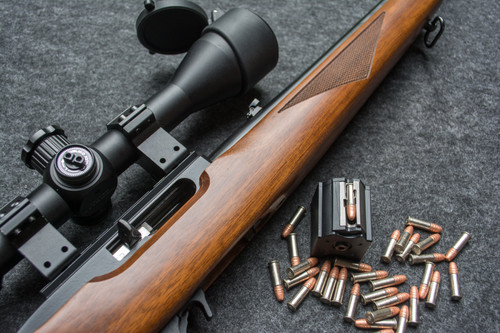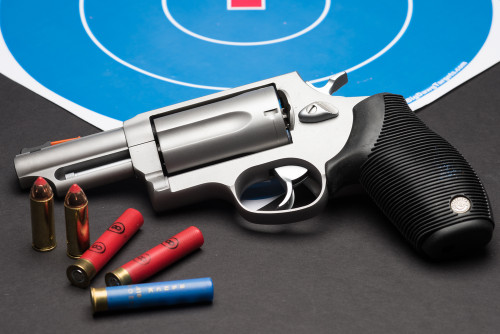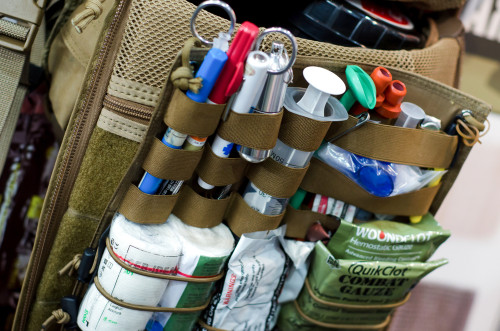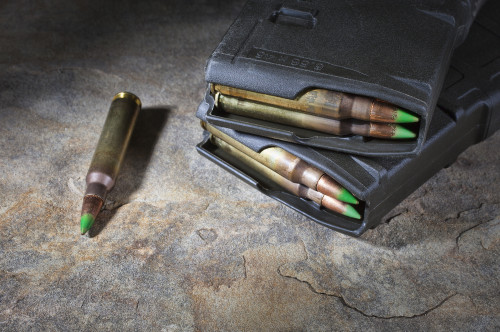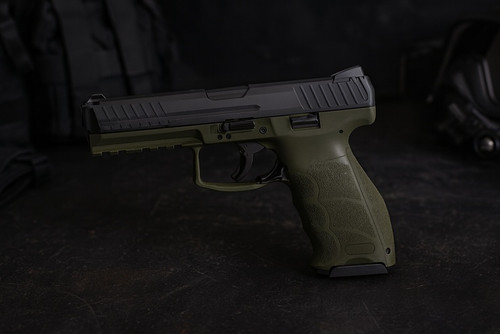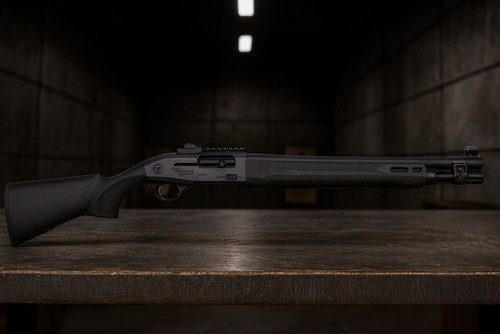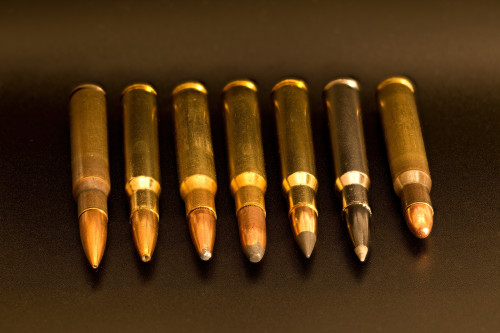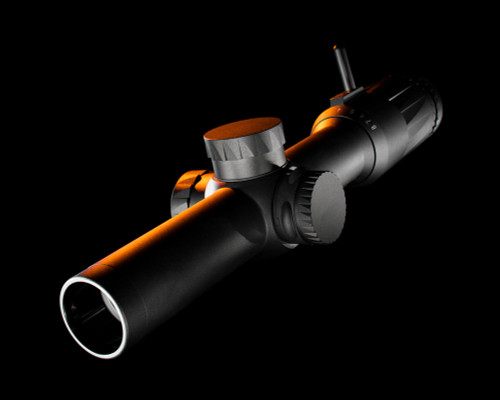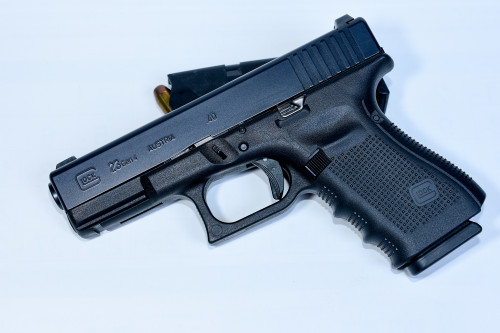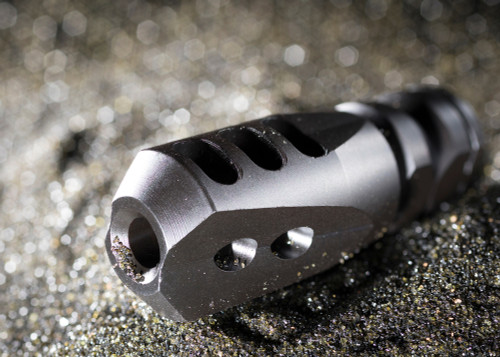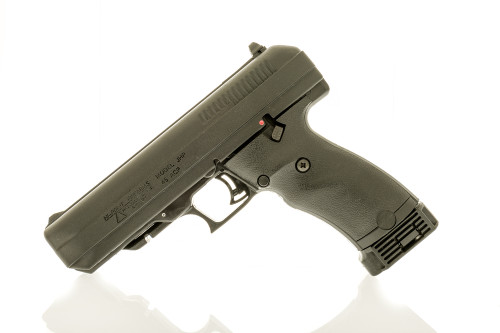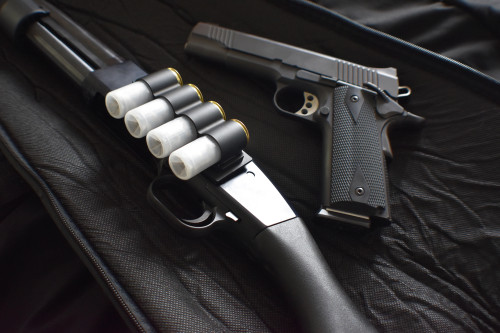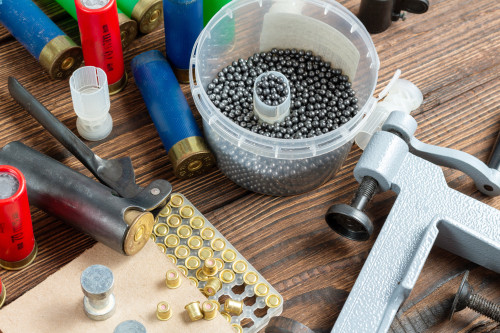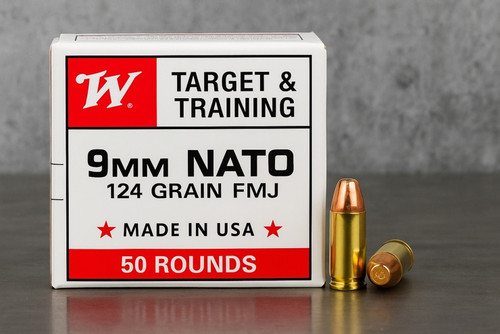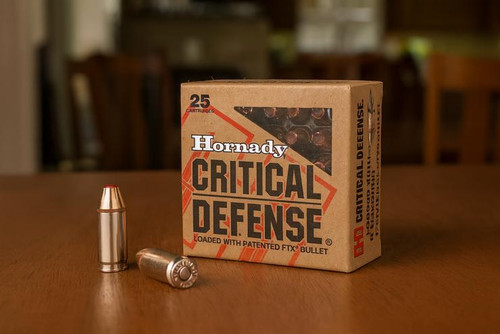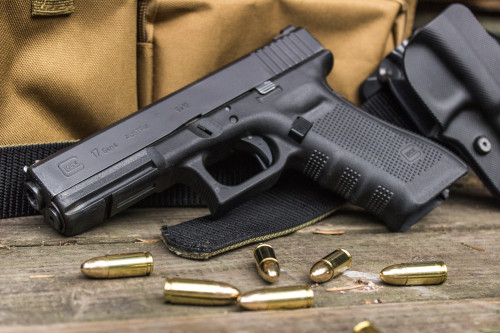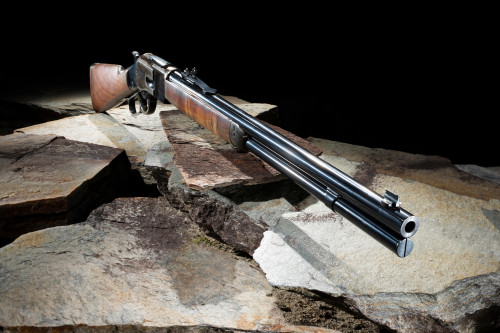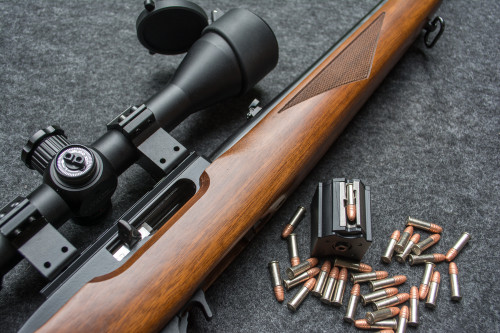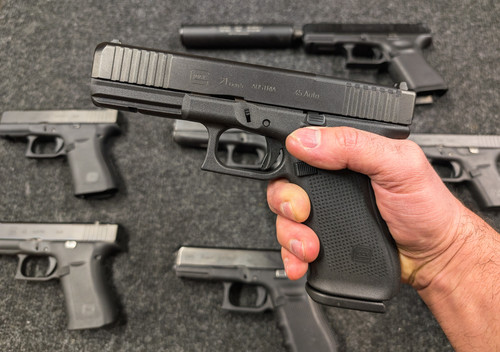If you are new to the AR-15 platform, the gas system length is probably the last thing you’re worried about. Most people consider things like fit and finish, brand reputation, and real-world tests first. They might even consider minutiae such as barrel rifling twist rate and trigger pull weight before they even consider the gas system.
But we’re not most people, are we?
The gas system on an AR-15, regardless of length, can actually be considered the core operating system of the rifle. Considered a hallmark of Eugene Stoner’s (the developer of the AR-15) engineering, the direct-impingement gas system on an AR-15 is a simple, yet delicately-balanced mechanism. If it isn’t working optimally, the rest of the weapon’s performance will suffer. Some problems can be mild (e.g., a stout recoil or premature wear on operating components such as the bolt carrier group and buffer). At worst, a poor gas system will cause critical issues like failure-to-eject malfunctions. Either way, a suboptimal gas system is a serious issue.
The current “hive mind” opinion is that mid-length is the only suitable gas system option. However, there are pros and cons to both mid-length and carbine-length gas systems on an AR-15. You may even run across firearms and components that are better suited for the carbine-length gas system.
Whether it has a carbine-length or mid-length gas system, the performance of the weapon will be similar (provided other components are machined and assembled correctly, and you’re using proper ammunition). But whether you’re building your own AR-15 or buying one from your local gun shop, you’ll want to explore each option thoroughly.
Here’s a deep dive into the world of AR-15 gas systems to help you make an informed choice about which is best for your rifle.
Understanding Gas Systems
While revolvers and many rifles of the past use manual or mechanical actions to cycle ammunition, the average civilian-owned AR-15 is a semi-automatic, gas-operated rifle. Gas-operated rifles reload ammo automatically using gas and pressure from the previously fired round.
On an AR, there is a small gas port (hole) on the top of the barrel that vents gas with every shot. This gas travels through a component called the gas block, then through a steel gas tube into the receiver. Here, it pushes the bolt carrier group and auto-loads the next round, (stripping it off the magazine and into the chamber).
The gas system in an AR-15 is akin to a circulatory system. If it is not optimized, the rest of the systems in the rifle (the body) cannot perform to their best potential. As you pick your components for your AR-15, ensure that everything is in balance and working together to ensure the best results. This includes the gas system, buffer spring, buffer weights, suppression, and choice of ammunition.
The Carbine-Length Gas System for the AR-15
The original gas system length of the AR-15 (and later the M16) was rifle-length. On a 20-inch barrel, this meant the gas tube was around 12.65 inches long. This configuration served most of our ground troops for the duration of the Vietnam War, but as the frequency of urban fighting increased, the 20-inch M16 proved cumbersome in close quarters.
After the conclusion of the war, various ground commands of the US military put out a request for the firearms industry to develop a standardized revision of the M16 — the biggest change being a shorter barrel. Colt’s response was the M4 rifle. Identical in action to the M16 (both being ARs), the M4 sported a 14.5 inch barrel, with a shortened gas system of around 7.3 inches. This became known as the carbine-length gas system.
Today, the carbine-length gas system is by far the most common length in AR-15s. Since it’s the standard for the military-issue M4 and M4A1 rifles, it requires less “thinking” for an AR-15 manufacturer to turn out citizen-legal AR-15s with a carbine-length gas system. If you purchased an AR off the rack, chances are it is set up with a carbine-length gas system.
Note: While the gas system length on a 14.5-inch barreled M4 rifle is 7.5 inches, the vagaries of the National Firearms Act (NFA) make AR-15s of this length difficult to lawfully acquire. Thus, a “standard” AR-15 rifle for citizen use will have a 16-inch barrel, within the NFA’s barrel length limits. Correspondingly, the gas system in these rifles will be a bit longer (around 9.75 inches) but is still referred to as “carbine-length.”
Pros and Cons of Carbine-Length Gas Systems
In a carbine-length system, the gas port is closer to the chamber, and often causes higher pressures to build up, which sends more gas back to the chamber. In turn, this allows for a greater variety of 5.56mm/.223 ammo.
When using cheap, steel-cased ammo (where the powder charge may be less or simply vary from round to round), sending more gas back enables reliable cycling of cheap ammo. People on a budget will often seek out AR-15s with carbine-length gas systems for this very reason. They know they are going to be using a lot of cheap ammo, so they want a reliable system to cycle unreliable rounds.
Conversely, the higher operating pressure of a carbine-length gas system does mean that the firearm is subject to greater stress. This is especially true for wear components (parts that are subject to pressure and friction) such as:
- The bolt carrier group
- The buffer spring
- The trigger
- The barrel's chamber extension
That said, these components will often hold up for tens of thousands of rounds before you need to replace them.
The Mid-Length Gas System for the AR-15
Most of the time, commercially-sold firearms are close copies or exact twins of military-issue weapons (usually for legal reasons). For example, a citizen-owned AR-15 is basically an M4A1 with a slightly longer barrel and no “fun switch” (the components for full-auto operation).
But occasionally, the opposite happens. A development in the civilian shooting sector catches hold, and the military takes interest. This is the case with the mid-length gas system for the AR-15.
Today, the mid-length gas system is the “star” of AR-15 online forums. While not the most common configuration, it is gaining popularity among civilians for several reasons.
The Balance of the Mid-Length System
An AR-15 equipped with a mid-length gas system attempts to strike a balance between the overall performance characteristics of the carbine-length system and the rifle-length system. Hence the term “mid-length.”
Mid-length systems usually have a larger gas port. While this seems like a minute detail you may ignore on the spec sheet for an AR purchase, the gas port diameter is .750” on a mid-length system (in contrast to .625” on a carbine-length system). The larger gas port diameter allows more gas to flow backwards, generating higher pressures to make up for the longer distance.
At the same time, this distance has some specific advantages — primarily a softer recoil impulse. This allows for more accuracy and more consistency on follow-up shots. The cyclic action is also less taxing on wear components, ensuring a longer lifespan, increased accuracy, and reliability.
Military Studies on Mid-Length Gas Systems
In the military, durability is king. Components need to last as long as possible to lessen the chance of failure, especially during a combat scenario. With that in mind, the U.S. military’s Crane Surface Warfare Center paired a mid-length AR-15 upper with a standard (fully-automatic) M4A1 lower to study the rate of failure. The study found that the mid-length system decreased the rate of failure, even with the harsher regimens imposed by firing a weapon on full-auto.
Performance and Functionality: Carbine-Length vs. Mid-Length Gas Systems
There are pros and cons to each AR-15 gas system which directly affect performance. Here is a closer look at some of the trade-offs.
Recoil Management
Recoil management is of paramount importance when selecting an AR-15. No matter your intrinsic strength, managing a stouter recoil may prove too challenging.
A carbine-length gas system tends to have a more stout recoil, since the higher pressure moves the working components of the AR-15 around with greater force. However, this also ensures a degree of reliability across a wider range of ammunition quality.
Conversely, a mid-length AR-15 gas system will have a smoother recoil with a more gradual pressure build up, but at the expense of being more sensitive to lower-quality ammo.
Durability
Durability is important for any mission-critical system. Most likely, you are acquiring an AR-15 to defend yourself, your family, and your property. The weapon simply has to work on demand, at any time, in any environment.
A carbine-length gas system AR-15 will pretty much eat any .223 or 5.56 ammunition you feed it. Domestic green-tip from Winchester, dedicated defensive FTX loads from Hornady, or strange steel-cased ammunition from Russia — the carbine-length AR will eat it up and ask for seconds. The stouter action and higher pressures mean that the bolt carrier group will slam back, strip a new round, and be ready to go, even if the charge from the ammunition leaves something to be desired.
However, that reliability does come at a cost. Wear components are subject to greater stress with an increased chance of failure. Civilians may not have the option of quickly and easily replacing these parts (due to budget or other factors).
With that in mind, it may be wiser to seek out an AR-15 with a mid-length gas system. The gradual pressure build-up, coupled with the smoother operating action will place less wear and tear on the critical components of the AR-15. Of course, you’ll want to be more careful about ammunition selection.
Suppressed Shooting
In the firearms world, shooting with a suppressor (aka a silencer) is the “big flex” for a lot of people. Suppressors represent a large investment, and the characteristics and mystique of the devices carry a lot of cultural cachet. However, mounting a suppressor onto your AR-15 does add yet another variable to the weapon — and not just in terms of weight.
For instance, a suppressor will push extra gas backwards through the gun, adding extra stress to the system (and more recoil impulse). On a carbine-length gas system, it can tend to overgas (add too much pressure) to the rifle. Overgassing, while not ideal, puts even more stress on the wear components, and decreases their service life.
With suppressors gaining popularity (despite the financial and bureaucratic nightmare of acquiring one), the mid-length gas system is recommended by most manufacturers for suppressed shooting. Coupled with an appropriate buffer weight (H2 usually), this will ensure a more ideal balance of gas system pressure, recoil management, and component wear and tear.
Final Thoughts on Gas Systems
The AR-15 rifle is an astounding example of mechanical engineering. Though the process and operation concepts are simple, each part and action is balanced against the other to provide the most reliability and accuracy to each user. While the gas system is one of the core components, it is often overlooked by purchasers and builders alike.
To sum it up, carbine-length gas systems have real-world proven performance and the ability to handle a greater variety of .223 and 5.56 ammunition. In these days of economic uncertainty, this can be appealing to the budget-minded shooter.
Conversely, a mid-length gas system AR-15, with a focus on less wear and tear, more forgiving and smoother recoil characteristics, and a marked advantage for suppressor users, can provide for a more enjoyable and accurate shooting experience. You may be shooting a little less, since a mid-length gas system AR-15 prefers a diet of higher-quality ammunition, but a higher degree of accuracy will ensure your shots really count.
No matter what size gas system you choose, Pro Armory has the ammo and accessories you need to set up your AR-15 for success! Browse quality ammunition and tactical gear at affordable prices from a veteran-operated company you can trust.





